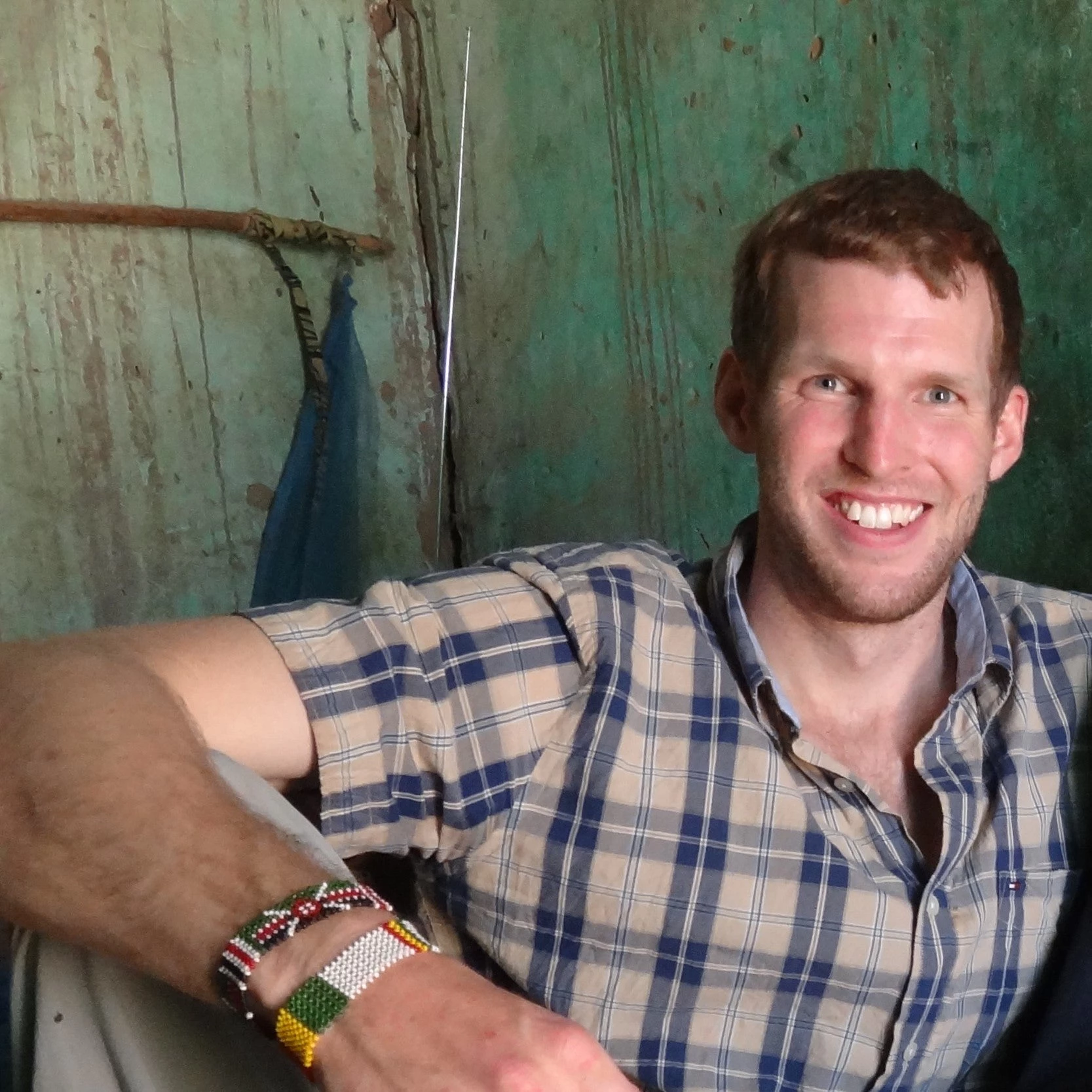We admit that subsidies are not the most alluring of subjects. When it comes to attaining Sustainable Development Goal 6 – ensuring the availability and sustainable management of water supply and sanitation (WSS) for all – policy makers and practitioners have largely looked elsewhere.
Most of the analytical work over the past decade has focused on improvements in technology and management models, private sector participation, behavior change promotion, water resources conservation and protection, and leveraging commercial financing, amongst others. We do not question the importance of these topics – in fact, they all represent part of the solution. We do contend, however, that there has been a sizeable omission in this dialog.
In all countries, subsidies are a core feature of the WSS sector. A subsidy occurs when a user pays less for a product or service than the service provider’s cost, leaving a third party (e.g., taxpayers via government, other users, future generations) responsible for picking up the tab. Although subsidies serve as a fundamental tool for governments to achieve the SDGs, their poor design all too often undermines the achievement of their goals and even derails service performance. Advancing equitable access to affordable WSS services therefore requires subsidies to be smarter.

Our new report, Doing More with Less: Smarter Subsidies for Water Supply and Sanitation, funded in part by the Global Water Security & Sanitation Partnership, explores the question of how scarce public resources can be used most effectively to achieve universal delivery of WSS. In it, we analyze the current performance of subsidies in the sector and provide guidance to policy makers on how subsidies can be better designed and implemented to improve their efficacy and efficiency in attaining their objectives. The report presents 3 key messages:
1: Current WSS subsidies fail to achieve their objectives due to poor design; they tend to be pervasive, expensive, poorly targeted, nontransparent, and distortionary.
Governments across the world are pouring money into WSS subsidies – around $320 billion a year, excluding China and India. This equates to around half a percent of global GDP. And if only low- and middle-income economies are considered, that figure rises to between 1.5 and 2 percent. Given the substantial amount of public resources being spent, it is important that subsidies deliver. Yet current subsidies tend to be poorly targeted, nontransparent, and distortionary.
All too often, subsidies fail to reach the poor, with the richest households receiving the lion’s share. Our research shows that, on average, across the 10 low and middle-income countries examined, 56% of subsidies end up in the pockets of the richest 20% but only 6% of subsidies find their way to the poorest 20%.
Meanwhile, a lack of transparency prevents policy makers from making informed decisions on subsidy design and allocation, limits public awareness of adverse impacts, and may even provide cover for sector actors to divert money into their own bank accounts. Finally, poorly designed subsidies lead to significant distortions that can contribute to the misuse of public resources, the deterioration of service providers’ performance, and the overexploitation of natural resources.
Yet it doesn’t have to be this way…
2: The current poor performance of WSS subsidies can be avoided; new knowledge and technologies are making it increasingly possible for subsidies to cost less and do more.
Our research shows that subsidies can be powerful and progressive tools in delivering WSS services to the poor. In the report, we develop a roadmap that guides policy makers in improving the efficacy and efficiency of WSS subsidies, grounded in a thorough understanding of existing subsidy performance, the political economy, and the affordability constraints faced by households. We highlight a number of proven approaches to improve subsidy performance, including:
- Reallocating subsidies to services that the poor actually use. Given that networked services are largely unavailable to the poor in many countries, better targeting can be achieved by redirecting subsidies towards nonnetworked services that are readily available in poor communities.
- Conditioning subsidies on results. In Colombia, India, Kenya, Morocco, the Philippines, and Uganda, a portion of their subsides are provided to service providers only after having delivered WSS facilities to the poor.
- Using advances in technology to improve targeting. In Chile, a national socioeconomic survey provided sufficiently high-quality data to help determine who is eligible for subsidies. Even where such data is not readily available, the use of remote sensing and street view data, coupled with machine learning algorithms, holds the potential to identify the poor. The World Bank is currently working with the Government of Angola to pilot this approach.
Successful subsidy reform, however, necessitates more than sound policy. Even the smartest of subsidy designs are prone to fail if their implementation is inadequately thought through…
3. To successfully reform subsidies, a subsidy reform package consisting of four complementary elements (in addition to improved subsidy design) is required.
Subsidies do not function in isolation: any well-designed subsidy requires a number of additional elements to facilitate its acceptance and improve its efficacy. Our report provides guidance to policy makers on each of the four crucial elements of an effective subsidy reform package: complementary policy mechanisms, the building of supportive political coalitions, a communications strategy, and an exit strategy (where applicable).
Complementary policy mechanisms work in tandem with subsidies to make scarce public resources go further. Examples include improving service provider management and operations, assisting the poor in overcoming financial, legal, or administrative barriers to access, or facilitating access to commercial financing.
Reform can only be successful where an informed and supportive public understands the rationale for reform and is therefore willing to accept a potential tariff increase, at least in the short-term. Therefore, a communications strategy is essential to build advance backing and facilitate successful implementation. Understanding the institutions, incentives and interests that shape subsidy reform is vital to cultivating supportive coalitions. Of course, subsidies may not be permanent, so an appropriate exit strategy should always include some form of support for the most vulnerable.
The SDGs for WSS set out a transformational vision for the future whose achievement will require substantial financial resources. Given the scarcity of public resources globally, it is more important than ever to ensure that those public resources already allocated to the sector are used efficiently. Well-designed subsidies effectively advance the goal of equitable access to affordable, sustainable, and quality WSS services, while maximizing the targeting of the poor, promoting transparency, and minimizing distortion. As the financial sustainability of service providers improves, these public resources can be leveraged to attract complementary private resources to the sector. By moving beyond the design flaws of the past, subsidies are a viable means of ensuring access to sustainable and safely managed WSS services for all.






Join the Conversation